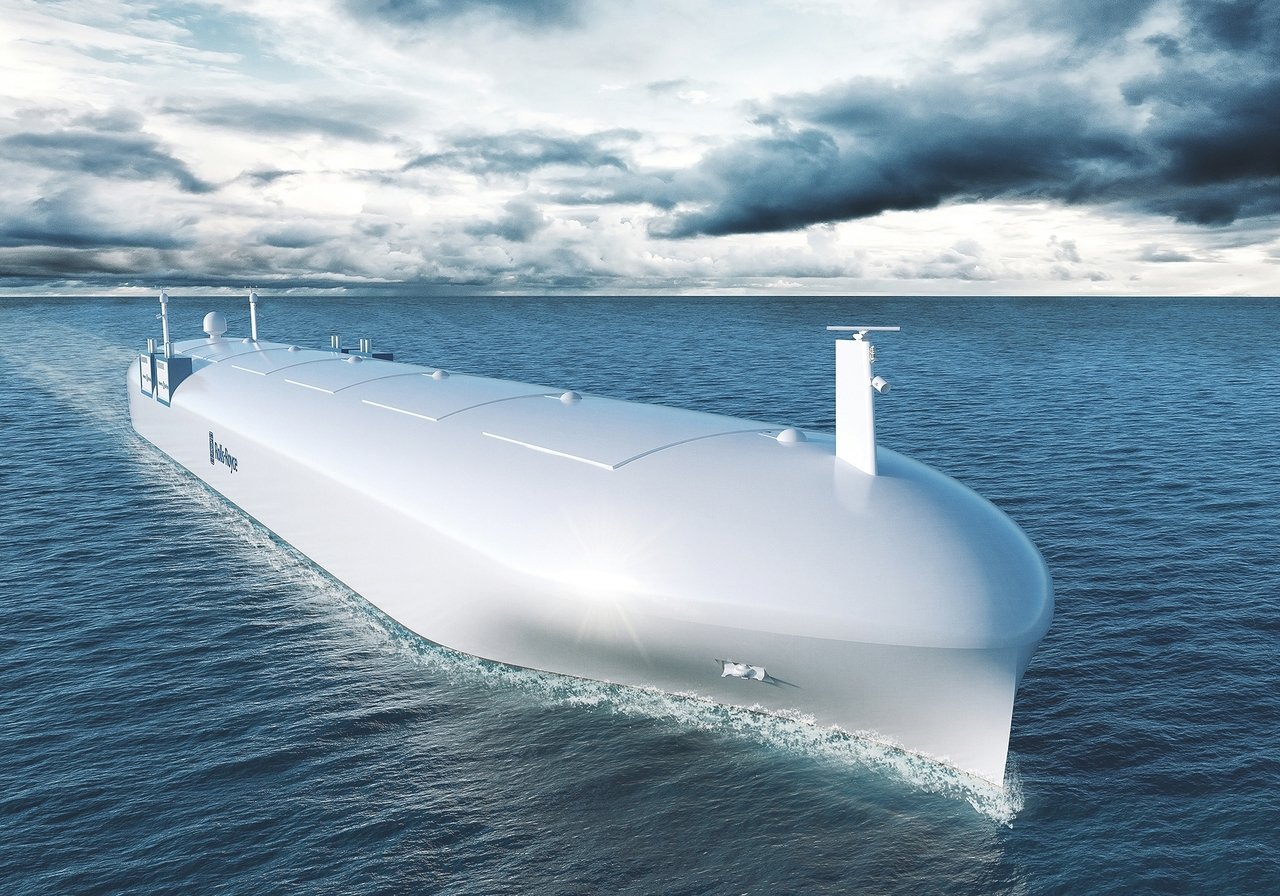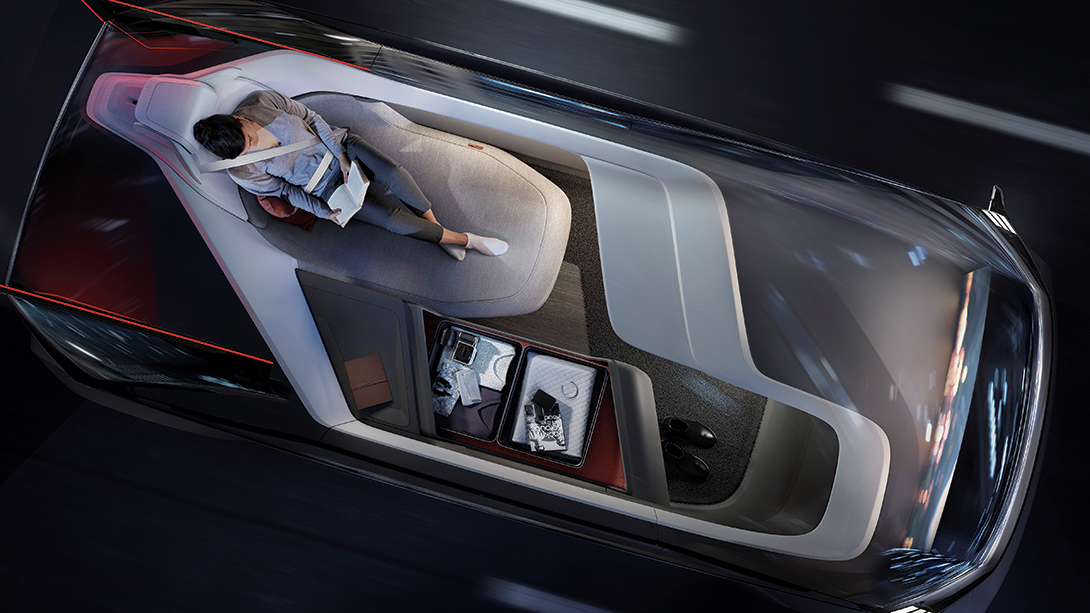It was around 10pm when Elaine Herzberg began walking her bicycle across the road in Tempe, Arizona. Suddenly, out of the darkness, a self-driving Uber taxi travelling at 40mph (65kph) fatally struck the 49-year-old housewife. Herzberg’s shocking death quickly made the headlines. Partly because Tempe police released dashboard-camera footage of the final moments before impact; and partly because it was the first recorded case of a pedestrian killed by an autonomous car.
The vehicle, a Volvo SUV outfitted with Uber’s state-of-the-art light-detection-radar technology, was capable of spotting a squirrel let alone a human. So why hadn’t it attempted to stop?
Who – or what – killed Elaine Herzberg is still a matter of contention. Crash investigators later found that the car’s emergency brake had been switched off, while the human back-up driver inside the vehicle had been distracted. Either way, it’s clear that self-driving cars are still at the experimental stage. It raised a disturbing question, too: are humans being used as guinea pigs? And should we allow robots to roam our streets?
Four months after the fatality in Arizona, self-driving cars were making history once more. Only this time, in happier circumstances, as British motor sport fans watched a driverless racing car called Robocar complete the famous Hillclimb at the Goodwood Festival of Speed.
According to the Society of Automotive Engineers, there are five steps to fully autonomous cars: feet off, hands off, eyes off, brain off and, eventually, driverless. Called Level-5 cars, they require neither a steering wheel nor controls. Experts estimate it will be 30 years until they're developed.



